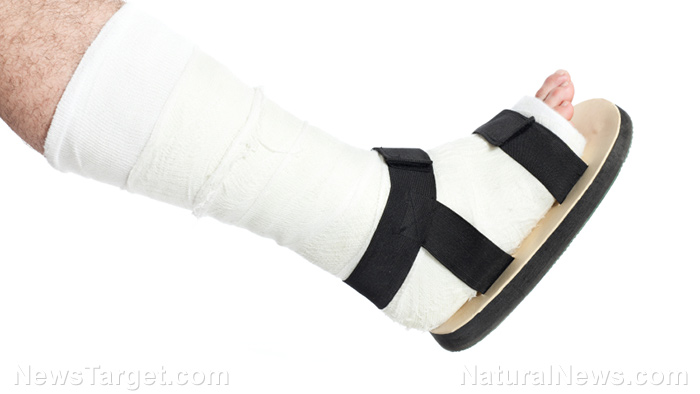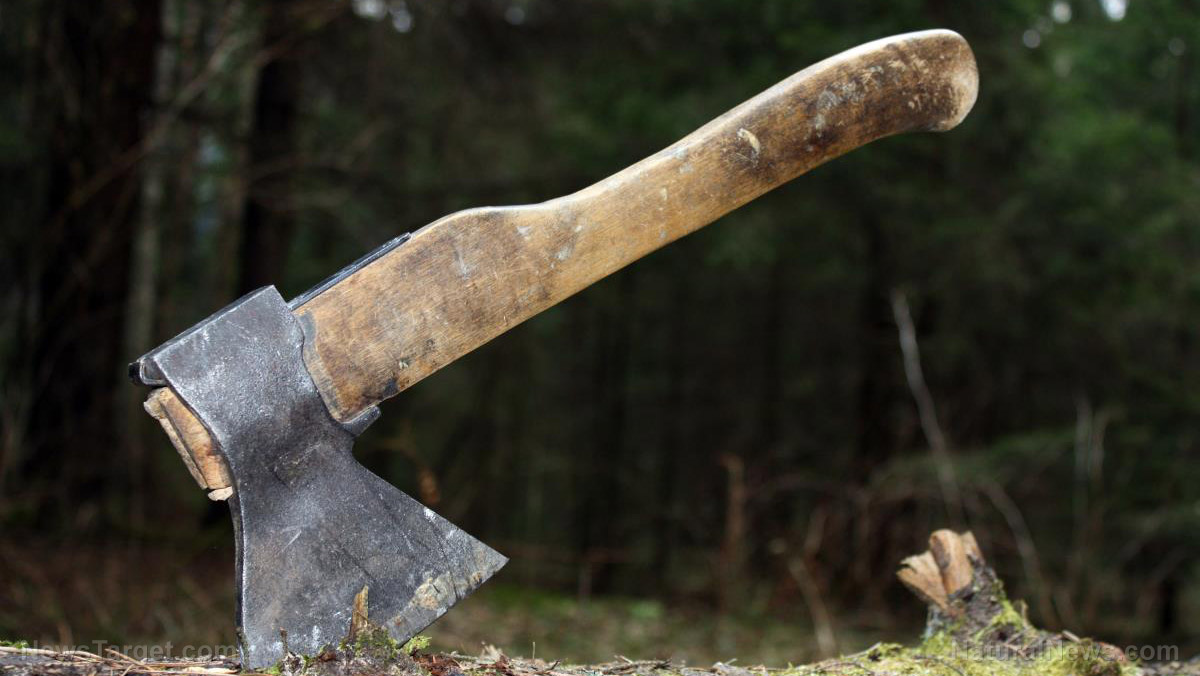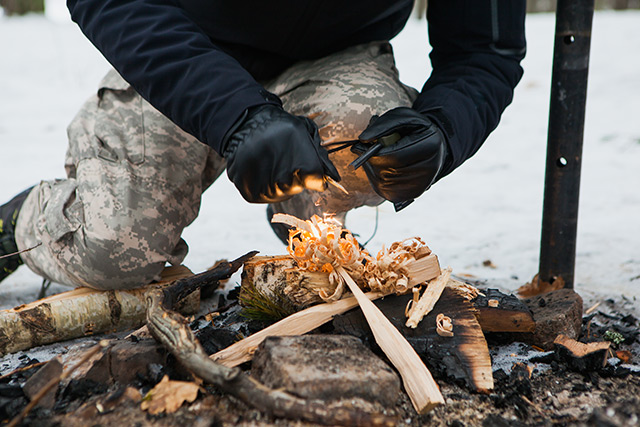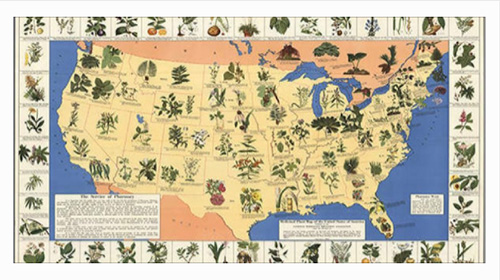Hypothermia: How to identify, treat, and avoid it
07/25/2018 / By Rhonda Johansson

Hypothermia is a potentially fatal condition that occurs when your core body temperature drops below 95 degrees Fahrenheit. Contrary to popular belief, you can get hypothermia outside of winter. It can occur in moderate temperatures or when you are submerged in cold water for long periods of time. Hypothermia is especially common among people who trek or hike. Those who spend a lot of time outdoors, particularly in remote areas, should take care that they are always warm and act before hypothermia sets in.
It is likely that most of us have experienced mild forms of hypothermia at some point in our lives. Mild symptoms of hypothermia include:
- Shivering
- Dizziness
- Tiredness
- Lack of coordination
- Difficulties in speaking
These are easily remedied by moving one’s self away from the area, drinking hot drinks, or adding a few more layers of clothing.
Moderate to severe cases of hypothermia will display the following symptoms:
- Shallow, slow breathing
- Weak pulse
- Drowsiness
- Slurred speech
- Worsening coordination issues
- Intense shivering (take note that as the hypothermia worsens, the shivering stops)
- Affected thinking
Because the body is trying to survive, those with severe cases of hypothermia will feel sluggish and extremely tired. Patients are at risk of lying down, falling asleep, and just dying. Immediate action needs to be taken. If possible, seek medical attention. In the meantime, patients should try to get out of the elements and remove any potential wet clothing. Slowly (with an emphasis on slowly) rewarm the body. Start with the head, neck, chest, and groin. Avoid warming the limbs first as this can stress the heart more and lead to a sudden cardiac arrest. Try using an electric blanket or heating pad if you have one. Those who are stuck in the wild can use warm, dry coats or blankets. Skin-to-skin contact is also a viable option. Give hypothermic patients warm drinks. Sugary ones are best as this adds quick calories and boosts the metabolism. Don’t worry about diets here – you’re trying to survive. (Related: Hypothermia survival advice that can save your life in a winter emergency.)
Patients with hypothermia should not be given alcohol as this slows the rewarming process. Likewise, avoid giving them a warm bath as this will rewarm the body too quickly and painfully.
Some things to be mindful of
Hypothermia is a more common condition than you think. People often forget key aspects of their body when they’re going out and consequently become too cold. You can avoid becoming hypothermic by properly managing your clothing layers and diligently observing the weather. If it looks like a blizzard is impending, you may want to reschedule your outdoor trek.
In terms of clothing, remember to:
- Bring extra clothes – Having too many clothes is better than not having enough. If you find yourself in a sudden snow storm, you will be grateful that you brought those extra clothes. Bring heavy coats, or if you’re saving space, lots of warm t-shirts.
- Pay attention to your sweat – Take off layers of clothes before you start sweating while hiking. Sweat-stained clothes can cause hypothermia once you stop moving.
- Notice if your clothes are damp – It’s easy to not notice light rain or precipitation during your hike. However, your clothing can become damp and quickly cool once you stop moving.
- Have a plan for sudden weather changes – A good prepper makes contingency plans. Before you go on a hike or go outdoors, make sure that you’re prepared for hypothermia. This includes carrying emergency layers and knowing basic first aid.
- Take action – Your fingers are vulnerable to getting cold. Take action before they become numb and virtually useless. Wear gloves if you begin feeling pinprick sensations around their joints.
Surviving is often dependent on knowing what to do when SHTF. For more articles on hypothermia and other preparedness tips, go to Preparedness.news.
Sources for this article include:
Tagged Under: bug out, camping, hiking, hypothermia, off grid, outdoors, preparedness, prepper, prepping, prevention, SHTF, survival, survivalist



















